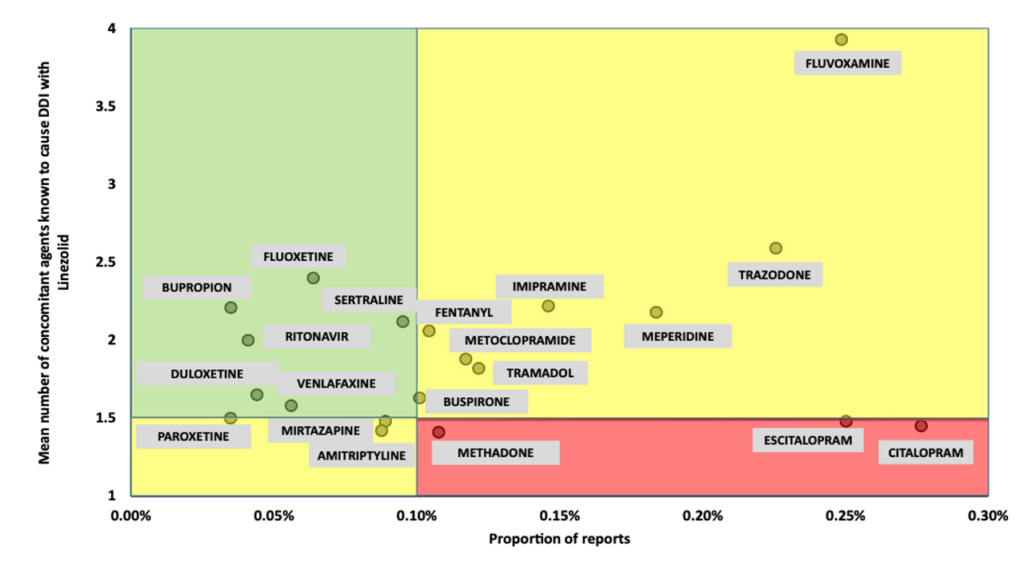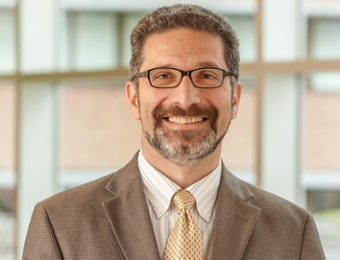
Antibiotic usage frequently has rapidly changing recommendations. This summary reviews myths 5-8 of the top 8 antibiotic myths facing clinicians.

Written by Savona Bateman (left)
UNMC PharmD Candidate 2024
Reviewed by Jenna Preusker (right), PharmD, BCPS, BCIDP
Nebraska ASAP Pharmacy Coordinator

McCreary E, Johnson M, Jones T, et al. Antibiotic Myths for the Infectious Diseases Clinician, Clinical Infectious Diseases, Volume 77, Issue 8, 15 October 2023, 1120–1125, https://doi.org/10.1093/cid/ciad357
Myth 5: Trimethoprim-sulfamethoxazole should not be used for skin and soft tissue infections caused by Streptococcus pyogenes (Group A Strep)
Pustular skin and soft tissue infections are frequently caused by staphylococcal species, while non-pustular skin and soft tissue infections are most frequently caused by streptococcal species. With the rise of Methicillin-Resistant Staphylococcus aureus, first-line treatments have changed from primarily cephalexin monotherapy to include a tetracycline or trimethoprim-sulfamethoxazole.
It is believed that trimethoprim-sulfamethoxazole is not active against S. pyogenes, so it is commonly prescribed in combination with a beta-lactam for empiric treatments of cellulitis. This misconception is mainly laboratory-based and is related to the media that was historically used to grow S. pyogenes in culture. S. pyogenes has the ability to use exogenous sources of thymidine when biosynthesis is blocked by trimethoprim-sulfamethoxazole. When cultured on thymidine-containing agar media, this gives the false impression of resistance. Currently recommended thymidine-depleted media eliminates this issue. When tested appropriately, all S. pyogenes isolates in North America are susceptible to trimethoprim-sulfamethoxazole with a MIC ≤ 0.12 ug/ml. Further support from a randomized control trial indicated a rate of cure of uncomplicated skin and soft tissue infections using trimethoprim-sulfamethoxazole to be 88.2%.
Fact: This support, in addition to the low prevalence of S. pyogenes isolated skin and soft tissue infections, allows for the use of trimethoprim-sulfamethoxazole monotherapy for uncomplicated skin and soft tissue infections.
Miller LG, Daum RS, Creech CB, et al. Clindamycin versus trimethoprim- sulfamethoxazole for uncomplicated skin infections. N Engl J Med 2015; 372: 1093–103.
Myth 6: Oral Fosfomycin should be used as a first-line treatment for uncomplicated cystitis
IDSA guidelines recommend fosfomycin as a first-line treatment option for uncomplicated cystitis, but efficacy data for fosfomycin are conflicting.1 A 2019 trial found nitrofurantoin had improved outcomes compared to fosfomycin at 28 days (70% vs 58%) for treatment of uncomplicated cystitis for 5 days.2 Fosfomycin requires glucose-6-phosphate (G6P) to have activity against bacteria as the G6P induces transport into the bacterial cell.3 G6P is not present in human urine, calling into question if fosfomycin is reliably active at the site of infection. From this perspective, MIC and breakpoints may be higher than in vitro activity with supplemented G6P suggests. Furthermore, fosfomycin is not typically included on susceptibility panels, so the microbiology lab must take extra steps to provide clinicians with susceptibility information. From a resistance standpoint, increased fosfomycin use has been connected to increases in fosfomycin-resistant, extended-spectrum β-lactamase-producing Escherichia coli.4 Treatment practices are currently being evaluated to determine the reliability of fosfomycin and the accuracy of susceptibility markers.
Fact: If fosfomycin is utilized for uncomplicated cystitis, patients should be carefully assessed for cure.
1. Gupta K, Hooton TM, Naber KG, et al. International clinical practice guidelines for the treatment of acute uncomplicated cystitis and pyelonephritis in women: a 2010 update by the Infectious Diseases Society of America and the European Society for Microbiology and Infectious Diseases. Clin Infect Dis 2011; 52: e103–20.
2. Huttner A, Kowalczyk A, Turjeman A, et al. Effect of 5-day nitrofurantoin vs single-dose fosfomycin on clinical resolution of uncomplicated lower urinary tract infection in women: a randomized clinical trial. JAMA 2018; 319:1781–9.
3. G.A. Detter, H. Knothe, B. Schönenbach, G. Plage, Comparative study of fosfomycin activity in Mueller–Hinton media and in tissues, Journal of Antimicrobial Chemotherapy, Volume 11, Issue 6, June 1983, Pages 517–524, https://doi.org/10.1093/jac/11.6.517
4. Falagas ME, Athanasaki F, Voulgaris GL, Triarides NA, Vardakas KZ. Resistance to fosfomycin: mechanisms, frequency and clinical consequences. Int J Antimicrob Agents 2019; 53:22–8.
Myth 7: Rifampin or Gentamicin are required for combination treatment in the setting of Prosthetic valve endocarditis caused by Staphylococcus species
The IDSA recommends the addition of rifampin or gentamicin in treatment guidelines for Staphylococcus species prosthetic valve endocarditis. This, in part, may be due to the high morbidity and mortality of the infection. A study done by Cosgrove et al. did not show a benefit in the treatment when gentamicin was added and instead found increased renal injury.1 A study completed by Le Bot et al. on the addition of rifampin to treatment of prosthetic valve endocarditis did not show a difference in mortality at 1 year and instead found an increased length of hospital stay.2
Fact: Overall, the benefit of the addition of rifampin or gentamicin to the treatment of staphylococcal prosthetic valve endocarditis needs to be further evaluated. The problems introduced by drug interactions and toxicities outweigh the utility of these antibiotics in endocarditis.
1. Cosgrove SE, Vigliani GA, Fowler VG Jr, et al. Initial low-dose gentamicin for Staphylococcus aureus bacteremia and endocarditis is nephrotoxic. Clin Infect Dis 2009; 48:713–21
2. Le Bot A, Lecomte R, Gazeau P, et al. Is rifampin use associated with better out-come in staphylococcal prosthetic valve endocarditis? A multicenter retrospective study. Clin Infect Dis 2021; 72:e249–55.
Myth 8: Doxycycline is contraindicated in patients who are pregnant or <8 years of age
The tetracycline class effect includes warnings for maternal hepatotoxicity, inhibition of bone growth, and tooth discoloration when used in pediatric patients <8 years of age. Doxycycline was developed later and differs from tetracycline with improved activity, decreased calcium binding, and fewer adverse effects but still remains under the same “class effect” warnings. This label understandably causes hesitancy in providers even when doxycycline is recommended as a first-line treatment.
Doxycycline is used as a first-line treatment for Rocky Mountain spotted fever and other tick-borne illnesses, which can be fatal in young children. Multiple studies have shown no increase in risk of teratogenicity and limited risk of teeth staining in courses less than 21 days.1 The data overall suggests that the benefits far outweigh the risks of using doxycycline in patients who are pregnant or <8 years old. Further data is needed to determine long-term outcomes for other adverse effects, such as bone growth inhibition from doxycycline use.
Fact: In the cases of serious infections without equivalently efficacious treatment alternatives, such as rickettsial diseases, the benefits of using doxycycline outweigh the risks for pediatric patients.
1. Cross R, Ling C, Day NP, McGready R, Paris DH. Revisiting doxycycline in pregnancy and early childhood–time to rebuild its reputation? Expert Opin Drug Saf 2016; 15:367–82.
















Recent Comments